Blogs & News
We are focus on automotive wiring harness & connectors technology.
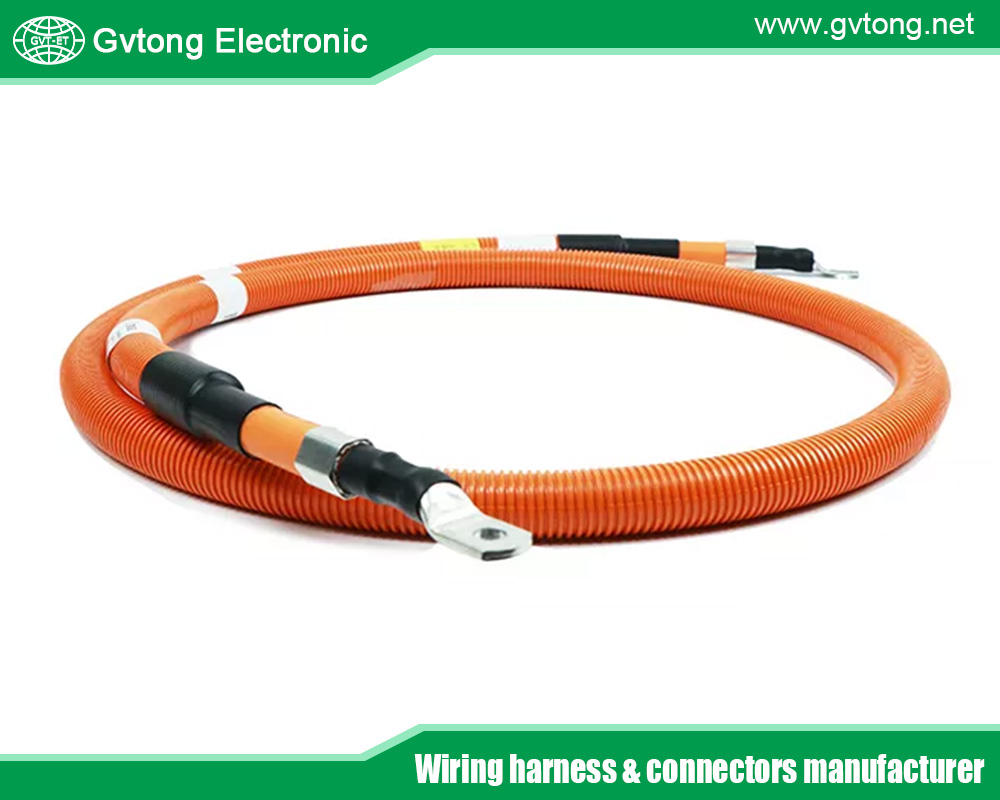
What is an Electrical Distribution System and How to Choose It
- Gvtong Electronic
- ADAS sensor connectors, Anti-vibration automotive connectors, automotive antenna connector, automotive coaxial connector, automotive data connector, automotive diagnostic connector, automotive electrical connector, automotive electrical distribution system, automotive electrical distribution system manufacturer, automotive electrical distribution system supplier, automotive high - frequency, automotive High voltage connector, automotive hybrid connector, automotive Low voltage connector, automotive Oil-resistant Connectors, automotive optical fiber connector, automotive power distribution, Automotive power distribution connector, Automotive shielded connectors, automotive Signal Connector, automotive vibration - resistant, automotive waterproof connectors, Battery management system (BMS) connectors, Blind-mate automotive connectors, electrical distribution system, electrical distribution system market, EV charging connectors, Fuel cell connectors, High-speed data connectors, In-cabin infotainment connectors, Lightweight automotive connectors, Low-contact resistance connectors, Modular automotive connectors, Pre-charge/discharge connectors, Quick-fit automotive connectors, V2X communication connectors
- No Comments
What is an Electrical Distribution System and How to Choose It
In our modern world, electricity powers nearly every aspect of daily life, from lighting homes to running industrial machinery. At the heart of this seamless delivery lies the electrical distribution system (EDS), a critical infrastructure that ensures power reaches end-users safely and efficiently. As global energy demands rise, driven by population growth, urbanization, and the shift toward electrification, understanding EDS becomes essential for engineers, facility managers, homeowners, and policymakers alike. According to recent industry insights, the global electrical distribution market is projected to grow significantly by 2025, fueled by integrations with renewable energy sources and smart technologies.
An EDS is the final link in the electricity supply chain, bridging high-voltage transmission networks to low-voltage consumer applications. It encompasses a network of components designed to step down voltages, protect against faults, and distribute power reliably. With the advent of electric vehicles (EVs), renewable integrations, and smart grids, choosing the right EDS is more complex than ever. Factors like load capacity, reliability, cost, and compliance with regulations play pivotal roles in selection.
This article delves into what an EDS is, its key components, types, and operational mechanisms. It then guides readers on how to choose an appropriate system for residential, commercial, or industrial needs, incorporating the latest trends as of 2025. By the end, you’ll have a comprehensive understanding to make informed decisions, potentially saving costs and enhancing energy efficiency.
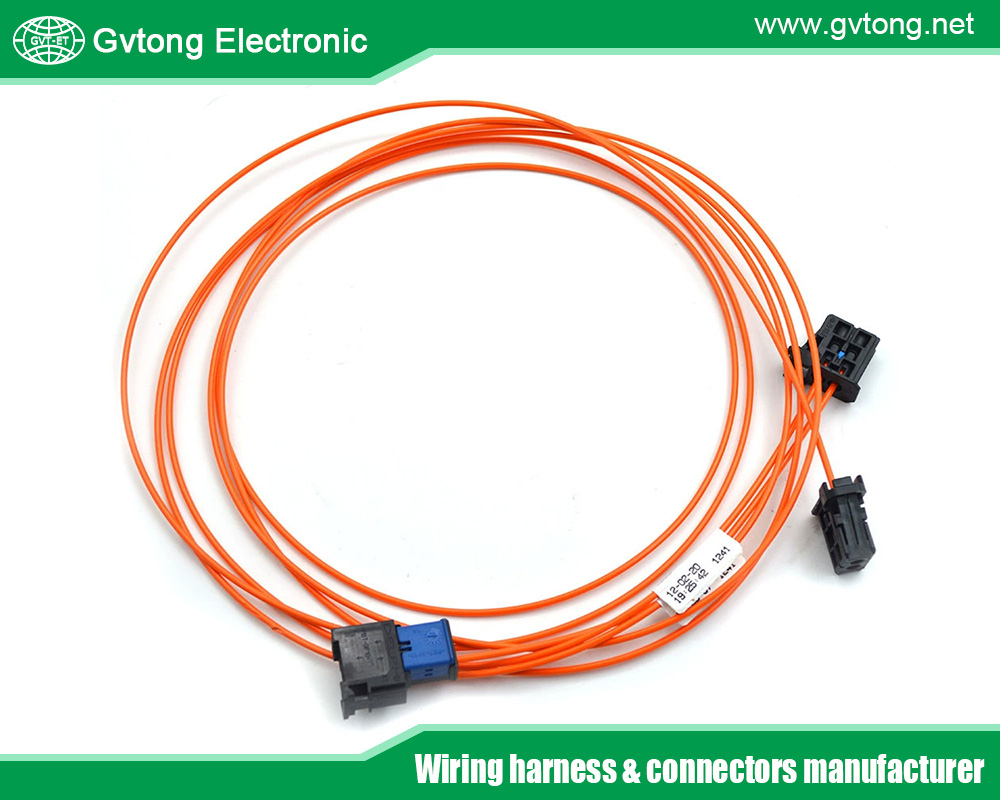
What is an Electrical Distribution System?
An electrical distribution system is the portion of the power grid responsible for delivering electricity from transmission substations to individual consumers. It acts as the “last mile” in the electricity journey, transforming high-voltage power into usable forms for homes, businesses, and industries. Unlike the transmission system, which carries bulk power over long distances at voltages exceeding 100 kV, distribution operates at medium to low voltages, typically between 1 kV and 35 kV for primary distribution and below 1 kV for secondary.
The primary goal of an EDS is to ensure reliable, safe, and economical power supply while minimizing losses. It handles the variability of demand, from peak hours in urban areas to intermittent loads in rural settings. In essence, it’s a network that includes overhead lines, underground cables, transformers, and protective devices, all working in tandem to prevent outages and maintain voltage stability.
Historically, EDS evolved from simple radial designs in the early 20th century to sophisticated smart systems today. With the integration of distributed energy resources (DERs) like solar panels and wind turbines, modern EDS must accommodate bidirectional power flows—allowing consumers to feed excess energy back into the grid. This shift is crucial in 2025, as renewables account for a growing share of global electricity, projected to reach 35% by mid-decade.
In residential contexts, EDS powers lighting, appliances, and HVAC systems. For commercial buildings, it supports office equipment, elevators, and lighting. Industrial applications demand robust systems for heavy machinery, motors, and process controls. Regardless of scale, an effective EDS reduces energy waste—distribution losses can account for 5-10% of total power generated—and enhances grid resilience against faults or natural disasters.
Components of an Electrical Distribution System
An EDS comprises several interconnected components, each serving a specific function to ensure smooth power delivery. Understanding these elements is key to appreciating system complexity and aiding in selection.
- Substations: These are the entry points where high-voltage transmission lines connect to the distribution network. Step-down transformers reduce voltage from transmission levels (e.g., 110 kV) to primary distribution levels (e.g., 11 kV). Substations also include switchgear for isolating faults and metering equipment for monitoring power flow.
- Feeders: High-capacity lines that carry power from substations to distribution transformers. They can be overhead or underground, with overhead being cost-effective for rural areas and underground preferred in urban zones for aesthetics and reliability. Feeders are designed to handle peak loads, often rated in amperes or kVA.
- Distribution Transformers: Essential for voltage transformation, these devices step down primary voltage to secondary levels suitable for end-users (e.g., 400/230 V in many regions). Pole-mounted for overhead systems or pad-mounted for underground, they come in various sizes, from 10 kVA for homes to several MVA for industries.
- Circuit Breakers and Fuses: Protective devices that interrupt power during overloads or short circuits. Breakers can be reset, while fuses are single-use. Modern systems incorporate smart breakers with remote monitoring for quicker fault resolution.
- Distribution Lines and Cables: The backbone for power conveyance. Overhead lines use aluminum conductors steel-reinforced (ACSR) for strength, while underground cables employ XLPE insulation for durability against environmental factors.
- Metering and Control Devices: Smart meters track consumption in real-time, enabling demand-side management. SCADA (Supervisory Control and Data Acquisition) systems provide centralized monitoring, integrating IoT for predictive maintenance.
- Grounding and Earthing Systems: Ensure safety by providing a low-resistance path for fault currents, preventing shocks and equipment damage.
These components must be selected based on environmental conditions, such as humidity or seismic activity, to ensure longevity. In 2025, advancements like solid-state transformers enhance efficiency by reducing losses up to 50% compared to traditional ones.
Types of Electrical Distribution Systems
EDS can be classified by configuration, voltage level, or installation method, each suited to specific applications.
- Radial Distribution System: The simplest and most common, where power flows from a single substation along a single path to consumers. Cost-effective but vulnerable—if a fault occurs, all downstream users lose power. Ideal for rural or low-density areas.
- Ring Main System: Forms a closed loop, allowing power to flow from multiple directions. If one section fails, supply can be rerouted, enhancing reliability. Common in urban commercial districts where downtime is costly.
- Network or Interconnected System: Multiple feeders interconnected in a grid, providing the highest reliability. Power can be supplied from various sources, minimizing outages. Used in high-density cities or critical facilities like hospitals.
- Primary vs. Secondary Distribution: Primary handles medium voltages from substations to transformers, while secondary deals with low voltages to end-users. Primary is often three-phase for efficiency, secondary single-phase for residences.
- Overhead vs. Underground: Overhead is cheaper and easier to maintain but prone to weather damage. Underground offers better aesthetics and protection but higher installation costs.
- DC Distribution Systems: Emerging with renewables and EVs, DC systems reduce conversion losses. Hybrid AC-DC setups are gaining traction in microgrids.
Choosing a type depends on load density, reliability needs, and budget. For instance, industrial sites favor ring or network systems for uninterrupted operations.
How an Electrical Distribution System Works
The operation of an EDS begins at the substation, where voltage is stepped down. Power then flows through feeders to distribution transformers, further reducing voltage for safe use. Protective devices monitor for anomalies, tripping breakers if needed to isolate faults.
In smart systems, sensors detect imbalances, and automation software adjusts loads dynamically. For renewables integration, inverters convert DC to AC, feeding into the grid. Demand response mechanisms curtail non-essential loads during peaks, optimizing efficiency.
Overall, the system maintains voltage within ±5% of nominal, ensuring equipment longevity and safety.
Factors to Consider When Choosing an Electrical Distribution System
Selecting an EDS requires evaluating multiple criteria to match specific needs.
- Load Requirements: Calculate total power demand, including peak and future expansions. Residential might need 10-50 kVA, commercial 100-500 kVA, industrial over 1 MVA. Use load flow studies for accuracy.
- Voltage Levels: Residential often uses 120/240 V single-phase; commercial 120/208 V or 277/480 V three-phase; industrial 480 V or higher. Ensure compatibility with equipment.
- Reliability and Redundancy: Critical applications need ring or network configurations. Factor in mean time between failures (MTBF) and backup options like generators.
- Cost: Initial installation vs. long-term operating costs. Underground systems cost 5-10 times more upfront but lower maintenance. Consider energy losses and efficiency ratings.
- Compliance and Safety: Adhere to standards like NEC (National Electrical Code) or IEC. Include grounding, arc-flash protection, and environmental considerations.
- Scalability and Future-Proofing: Accommodate EVs, solar, or smart home integrations. Opt for modular designs.
- Environmental Factors: Weather, terrain, and seismic risks influence overhead vs. underground choices.
- Efficiency and Sustainability: Select low-loss transformers and integrate renewables for green credentials.
For residential, prioritize simplicity and cost; commercial, energy efficiency; industrial, robustness and load balancing.
Steps to Choose the Right Electrical Distribution System
- Assess Needs: Conduct a site survey and load analysis.
- Research Options: Compare types and components from vendors.
- Consult Experts: Engage engineers for design simulations.
- Evaluate Bids: Consider total cost of ownership.
- Install and Test: Ensure compliance through inspections.
- Monitor and Maintain: Use smart tools for ongoing optimization.
Avoid common mistakes like underestimating loads or ignoring regulations.
Latest Trends in Electrical Distribution Systems
In 2025, smart grids dominate, using AI for predictive analytics and IoT for real-time monitoring. Renewables integration via microgrids enhances resilience, while EV charging infrastructure demands high-capacity systems. Blockchain for energy trading and 5G-enabled controls are emerging, reducing losses and supporting decarbonization.

Conclusion
An electrical distribution system is vital for reliable power delivery, with choices impacting efficiency and costs. By understanding components, types, and selection factors, you can opt for a system that meets current and future needs. As trends evolve toward smarter, greener grids, staying informed ensures sustainable energy solutions.
For more about what is an electrical distribution system and how to choose it, you can pay a visit to Gvtong at https://www.gvtong.net/ for more info.
Recent Posts
What is an Electrical Distribution System and How to Choose It
The Top Automotive Electrical Connectors Manufacturers You Want to Know
How to Choose the Best Automotive Connector Suppliers in Vietnam
The Best High Current Connectors Automotive Manufacturer in China
What is an Oil-Resistant Automotive Connector?
Tags
Recommended Products
-

GE Series-10PIN Right Angle Connector Socket
-

GIPT 3-core wiring connector
-
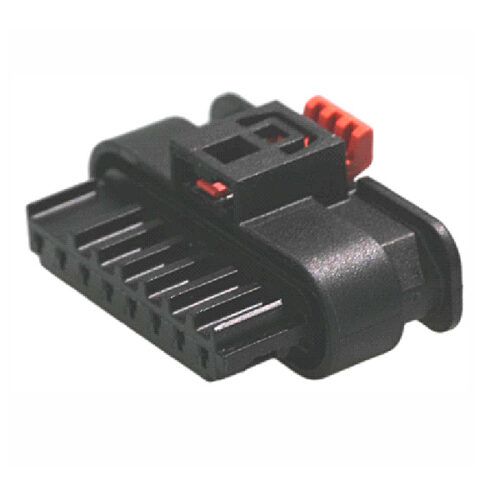
GE Series-8-core cylinder connector
-
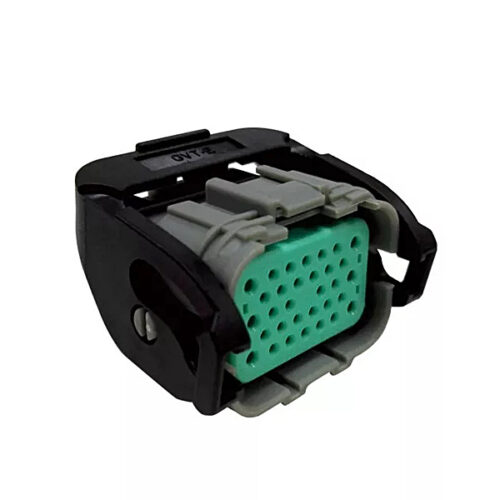
Rectangular connector-32 core
-
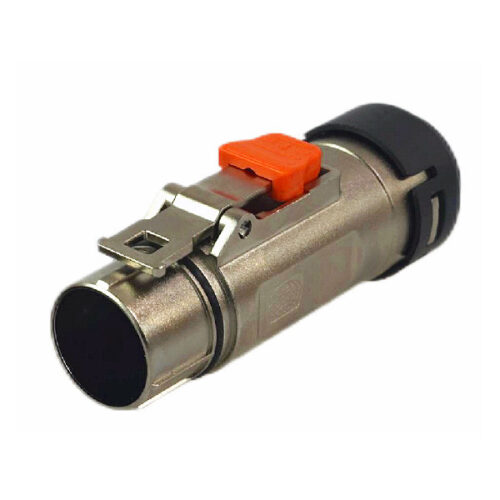
GM Series-10mm-Single Core Metal Connector
-

Automotive 3-Core Plastic Via Connector, 3-Pin Automotive DC Connectors, Automotive Plugs Cnd Connectors
-
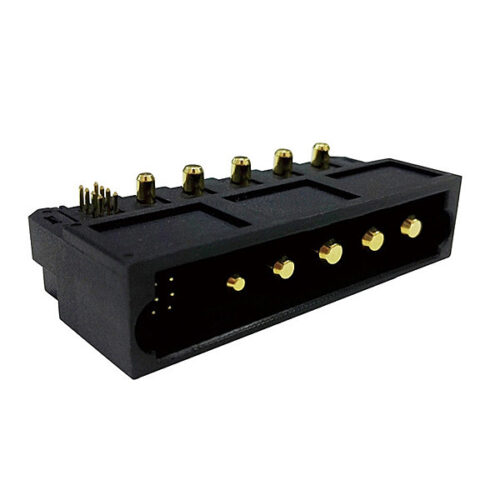
13-core power connector
-
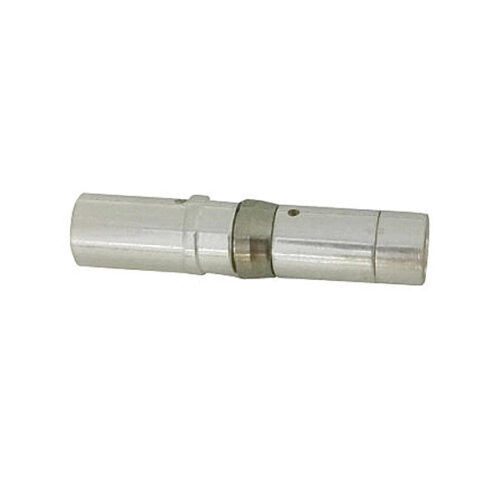
3.0 wire spring jack – crimp 2.5mm cable
